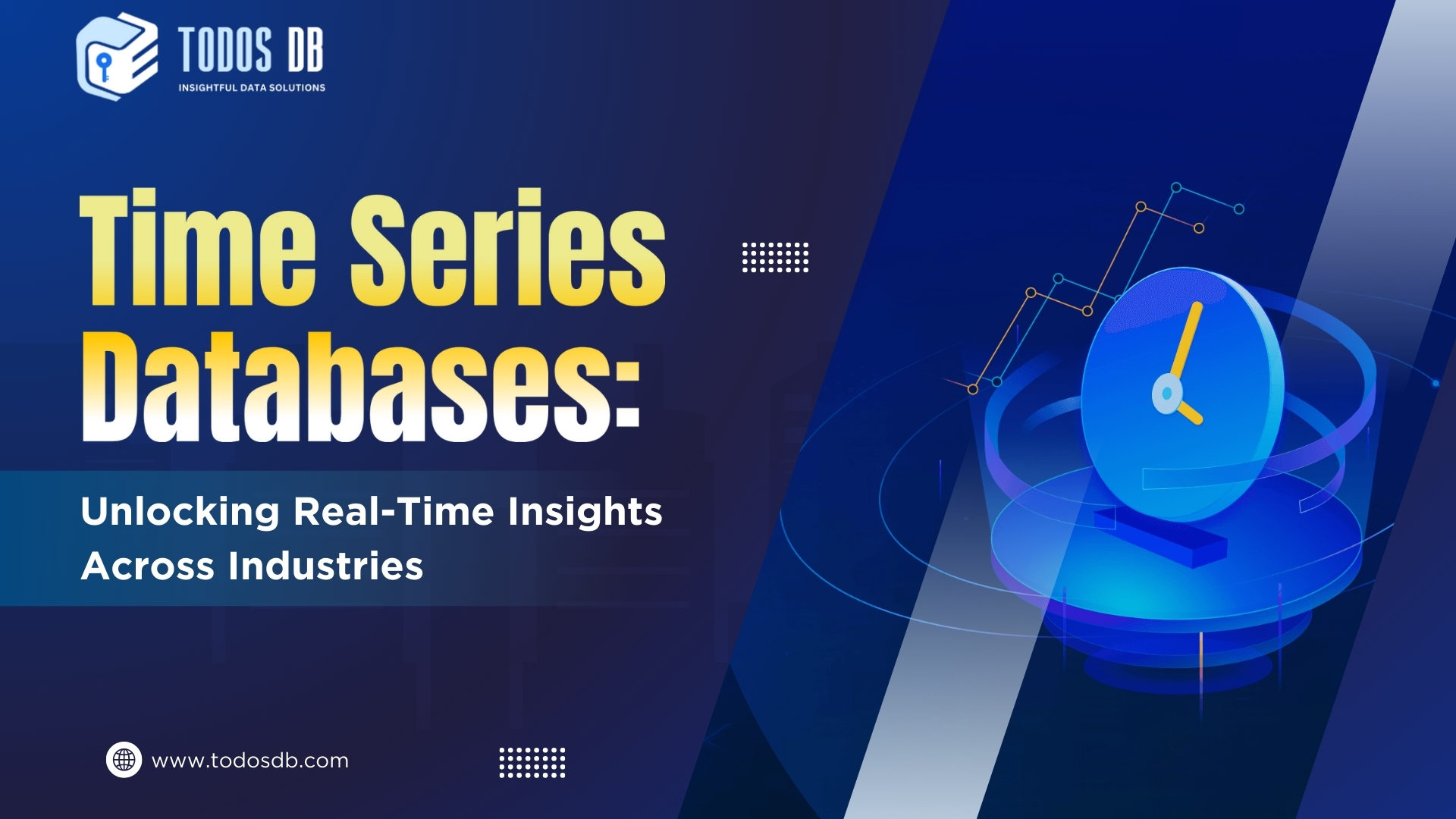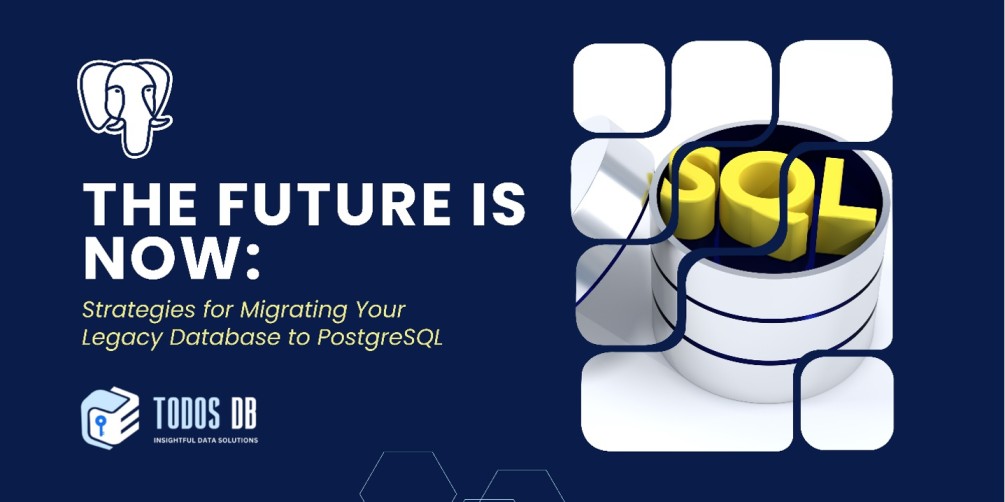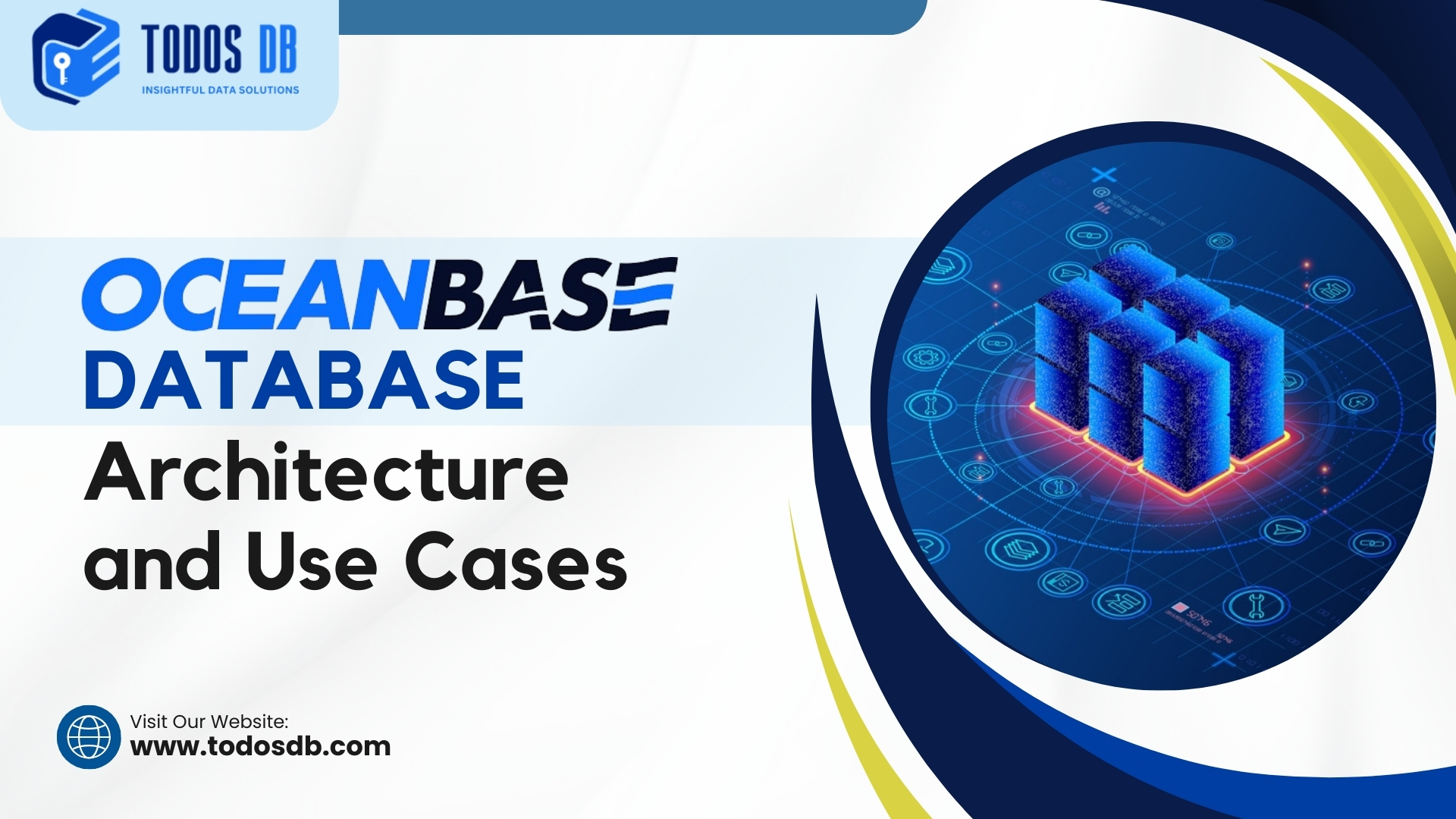Time series databases (TSDBs) are specialized databases designed to handle high-frequency, time-stamped data efficiently. With the growth of IoT devices, real-time analytics, and system monitoring needs, TSDBs have become indispensable for applications that require consistent, scalable, and fast storage and retrieval of temporal data.
This article delves into the technical aspects of time series databases, their architecture, advantages over traditional databases, use cases, and specific examples to illustrate their application.
Time Series Database Architecture
The architecture of time series databases is purpose-built to manage time-indexed data efficiently. Unlike general-purpose relational databases, TSDBs optimize for sequential writes, efficient storage, and high-performance queries over time windows.
Core Components
- Data Ingestion Layer
TSDBs support high-throughput data ingestion from various sources such as IoT devices, system logs, or financial applications. Incoming data is typically ingested using an append-only model, which minimizes write contention.

2. Storage Engine
The storage layer in TSDBs employs advanced techniques such as Log-Structured Merge Trees (LSM-Trees) or time-series optimized storage formats like Gorilla encoding. These approaches ensure that sequential writes are efficient and data compression is maximized.

3. Indexing and Metadata Management
TSDBs use time-based indexing, which provides rapid access to data within specific time ranges. Metadata, such as tags or labels, is indexed separately to enable multi-dimensional queries efficiently.
4. Query Execution Engine
Time series databases support advanced analytics, including aggregations, histograms, and continuous queries. These engines optimize for operations like downsampling and windowing, which are common in time-series analytics.

5. Retention Policies and Data Lifecycle Management
To manage large datasets, TSDBs incorporate automated data lifecycle policies. Retention rules allow for raw data to be purged after a certain period while retaining aggregated summaries.
Key Features of Time Series Databases
- High-Performance Writes: Optimized for sequential appends to handle millions of data points per second.
- Efficient Storage Compression: Techniques like delta encoding and run-length encoding reduce storage footprints significantly.
- Query Optimization for Time Windows: Built-in support for operations like moving averages, percentiles, and time bucketing.
- Horizontal Scalability: Distributed architectures allow TSDBs to scale seamlessly across clusters.
- Retention and Aggregation Policies: Automate the lifecycle management of data based on application requirements.
Comparison with Relational Databases
Traditional relational databases like MySQL and PostgreSQL struggle with time series data due to their lack of optimization for time-based writes and queries. TSDBs overcome these limitations by focusing on:

| Feature | Relational DBs | Time Series DBs |
| Write Throughput | Moderate | High (append-optimized) |
| Query Optimization | General-purpose | Time-specific (windowing) |
| Compression | Basic | Advanced (delta, gorilla) |
| Scalability | Vertical | Horizontal |
| Retention Management | Manual | Automated Policies |
Use Cases of Time Series Databases
1. IoT Device Data Monitoring
IoT sensors generate high-frequency, time-stamped data. TSDBs are ideal for capturing and analyzing this data in real-time.
Example Scenario:
Monitoring temperature and humidity from 10,000 sensors deployed in a smart city.
Implementation in InfluxDB:

- Writing Data:
curl -i -XPOST 'http://localhost:8086/write?db=iot_sensors' --data-binary 'temperature,location=building1,sensor_id=123 value=23.4 1698192000000000000'2. Querying Data:
Retrieve average temperature for the past 24 hours:
SELECT MEAN(value)
FROM temperature
WHERE location = 'building1' AND time > now() - 24h;2. Financial Data Analytics
Stock prices, forex rates, and market indices are classic examples of time-series data. TSDBs enable financial firms to process and analyze large volumes of this data.
Example Scenario:
Compute the moving average of stock prices for predictive analytics.
Implementation in TimescaleDB (PostgreSQL Extension):

-- Create a hypertable
CREATE TABLE stock_prices (
time TIMESTAMPTZ NOT NULL,
symbol TEXT NOT NULL,
price DOUBLE PRECISION NOT NULL
);
SELECT create_hypertable('stock_prices', 'time');
-- Insert data
INSERT INTO stock_prices (time, symbol, price) VALUES
('2024-11-24 09:30:00', 'AAPL', 174.50),
('2024-11-24 09:31:00', 'AAPL', 175.20),
('2024-11-24 09:32:00', 'AAPL', 174.80);
-- Calculate moving average
SELECT time_bucket('10 minutes', time) AS interval,
AVG(price) AS moving_avg
FROM stock_prices
GROUP BY interval
ORDER BY interval;3. Infrastructure and Application Monitoring
Modern DevOps workflows rely heavily on monitoring tools that collect metrics like CPU usage, memory utilization, and network throughput. Prometheus is a popular TSDB for such use cases.
Example Scenario:
Set up an alert if CPU usage exceeds 90% for over 5 minutes.
Implementation in Prometheus:

- Metric Definition:
- job_name: 'node_exporter'
static_configs:
- targets: ['localhost:9100']2. Alert Rule:
groups:
- name: high-cpu-usage
rules:
- alert: HighCPUUsage
expr: avg(rate(node_cpu_seconds_total{mode!="idle"}[5m])) > 0.9
for: 5m
labels:
severity: critical
annotations:
summary: "High CPU usage detected on instance {{ $labels.instance }}"4. Renewable Energy Management
Energy companies rely on TSDBs to monitor electricity consumption and forecast demand using historical data.
Example Scenario:
Analyze hourly electricity consumption patterns for demand forecasting.
Implementation in Druid:

- Load Data:
{
"type": "index_parallel",
"spec": {
"dataSchema": {
"dataSource": "energy_consumption",
"metricsSpec": [
{"type": "doubleSum", "name": "consumption_sum", "fieldName": "consumption"}
]
},
"ioConfig": {
"type": "index_parallel",
"inputSource": {
"type": "local",
"baseDir": "/data/",
"filter": "*.json"
}
}
}
}2. Query Data:
SELECT time_floor(__time, 'PT1H') AS hour,
SUM(consumption_sum) AS total_consumption
FROM energy_consumption
GROUP BY hour
ORDER BY hour;Advanced Features of Time Series Databases
- Continuous Queries
TSDBs like InfluxDB support continuous queries to pre-compute results and store them as new time series. - Downsampling
Aggregating data over time intervals reduces storage and speeds up queries for historical data. - Real-Time Alerting
Systems like Prometheus provide integrated alerting mechanisms for predefined thresholds. - Integrations with Machine Learning
Time series data can feed ML models for anomaly detection, trend analysis, and forecasting.
Example: Python Integration for Anomaly Detection:
import pandas as pd
from sklearn.ensemble import IsolationForest
# Load time-series data
data = pd.read_csv('sensor_data.csv', parse_dates=['timestamp'])
# Feature engineering
data['rolling_mean'] = data['value'].rolling(window=10).mean()
data['rolling_std'] = data['value'].rolling(window=10).std()
# Train Isolation Forest for anomaly detection
model = IsolationForest(contamination=0.01)
data['anomaly'] = model.fit_predict(data[['rolling_mean', 'rolling_std']])
# Filter anomalies
anomalies = data[data['anomaly'] == -1]
print(anomalies)Conclusion
Time series databases are transforming the way industries handle temporal data. Their ability to manage high-throughput writes, efficiently compress data, and perform complex time-based queries makes them indispensable in fields like IoT, finance, energy, and DevOps.
By leveraging tools like InfluxDB, TimescaleDB, Prometheus, and Druid, organizations can unlock powerful insights from their time series data while optimizing performance and scalability. Whether you’re monitoring sensor data or analyzing stock trends, TSDBs are at the heart of modern data-driven solutions.



